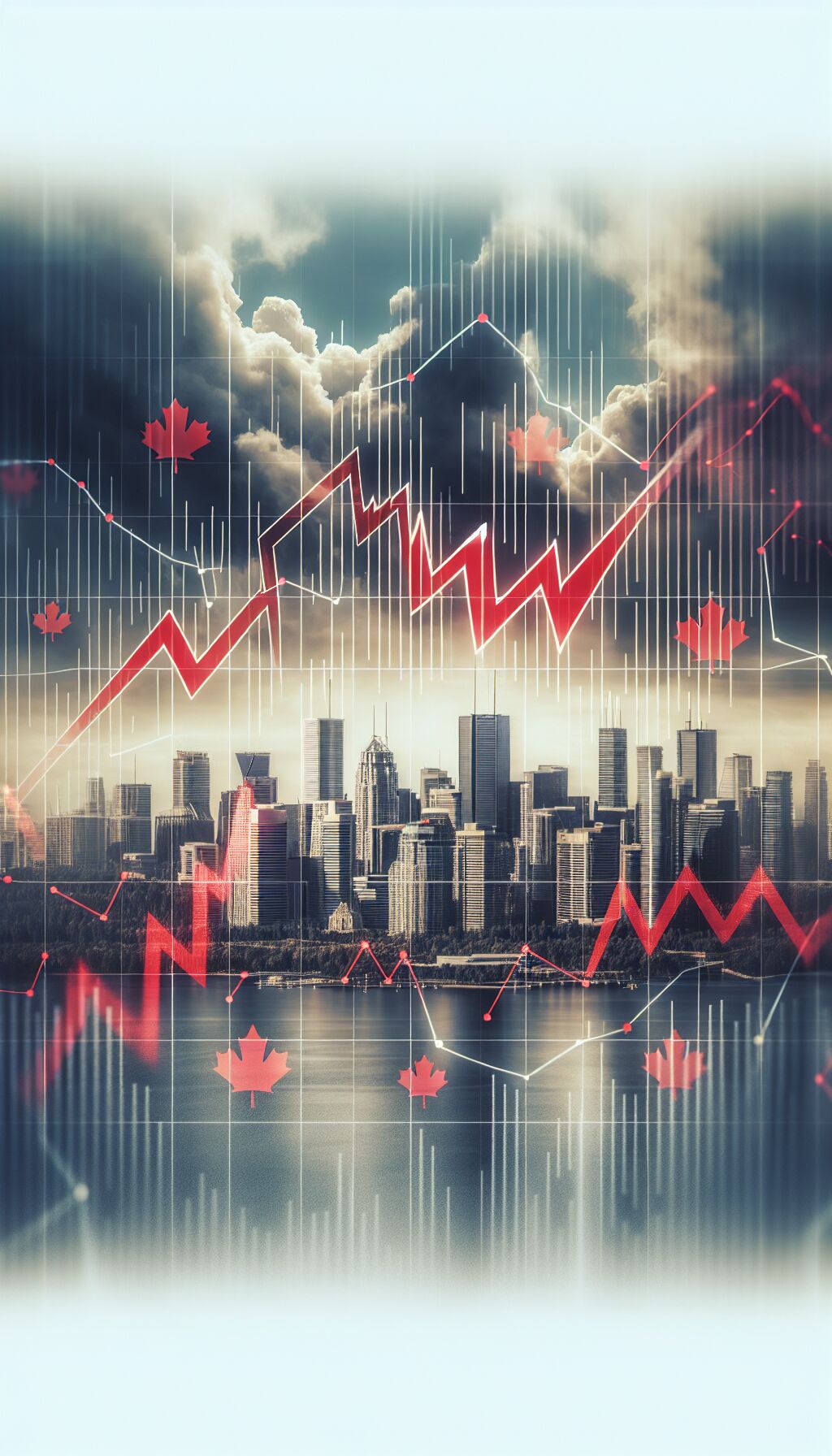Market Volatility Looms Ahead of G7 Summit in Canada
By [Author Name] | [Date]
Introduction
The global financial landscape is bracing itself for notable market volatility in the coming weeks. This political and economic unrest is primarily due to recent decisions made by key players in the market. As we approach the highly anticipated G7 summit in Canada next month, experts warn that traders and investors should prepare for turbulent times ahead.
Understanding the G7 Summit
The G7 summit, a meeting of the world’s seven largest advanced economies, is set to take place in Canada. Leaders from the United States, Canada, Germany, France, Italy, Japan, and the United Kingdom gather to discuss global economic policies, security issues, and other pressing matters. The outcomes of this summit can have far-reaching implications for international markets and trade policies.
The Catalyst for Volatility
The potential for increased market volatility stems from a recent decision that has sent shockwaves through global financial systems. Analysts have pointed to various factors, including geopolitical tensions, fiscal stimulus measures, and central bank policies, that have collectively contributed to a sense of uncertainty.
Such decisions lead to fluctuations in currency exchange rates, stock indices, and commodity prices. Investors are closely monitoring these developments, as shifts in market sentiment can create a ripple effect across various sectors.
Historical Context
Market volatility is not a new phenomenon, especially around major global summits. Historical patterns show that significant events often lead to knee-jerk reactions from investors, resulting in rapid price swings. For instance, the G20 summit in 2008 was marked by a financial crisis that prompted major governments to intervene in their economies. History suggests that uncertainty can lead to cautious positioning among market participants.
Market Reactions and Predictions
As the G7 summit approaches, market analysts are weighing in on potential scenarios that could unfold. Some predict a surge in volatility as traders react to new policy announcements or shifts in diplomatic relations. Others caution against overreaction, suggesting that the fundamental economic indicators remain strong enough to withstand external shocks.
Investment strategies may require recalibration during this period. Institutions and private investors alike are advised to stay informed and consider adopting a more defensive posture. The current climate of uncertainty can sometimes present opportunities, but it also necessitates a higher degree of vigilance.
The Role of Central Banks
Central banks play a pivotal role in stabilizing markets, especially during times of volatility. The decisions made by entities such as the Federal Reserve or the European Central Bank can dictate investor sentiment and overall market health. As the G7 summit draws near, any hints at policy changes or interest rate adjustments will be closely scrutinized.
Analysts emphasize that communication from central banks is crucial. Clear indicators of future monetary policy can help to mitigate uncertainty and stabilize market expectations. Therefore, investors should closely follow speeches and announcements leading up to the summit.
Advice for Investors
In light of the anticipated market volatility, financial experts advise investors to take a proactive approach. Diversifying portfolios, reallocating assets, and implementing stop-loss strategies could prove beneficial in navigating the choppy waters ahead. Additionally, maintaining a long-term perspective can help investors avoid the pitfalls of emotional reactions to short-term market fluctuations.
Staying informed is paramount. Engaging with financial news, market analysis, and expert opinions will equip investors with the necessary insights to make informed decisions. As history has shown, volatility may create opportunities for those willing to strategize appropriately.
Conclusion
The impending G7 summit in Canada presents a complex landscape for global markets. Recent decisions have set the stage for potential volatility that could disrupt financial stability. Investors must remain vigilant and adaptable as they navigate the uncertain environment leading up to the summit. With proactive measures and a well-informed approach, it is possible to weather the storm and capitalize on emerging opportunities.












